Welcome to LGBTQ+ History of Delaware
Delaware's first digital queer history resource. Telling the untold stories of lesbian, gay, bisexual, transgender and queer people.
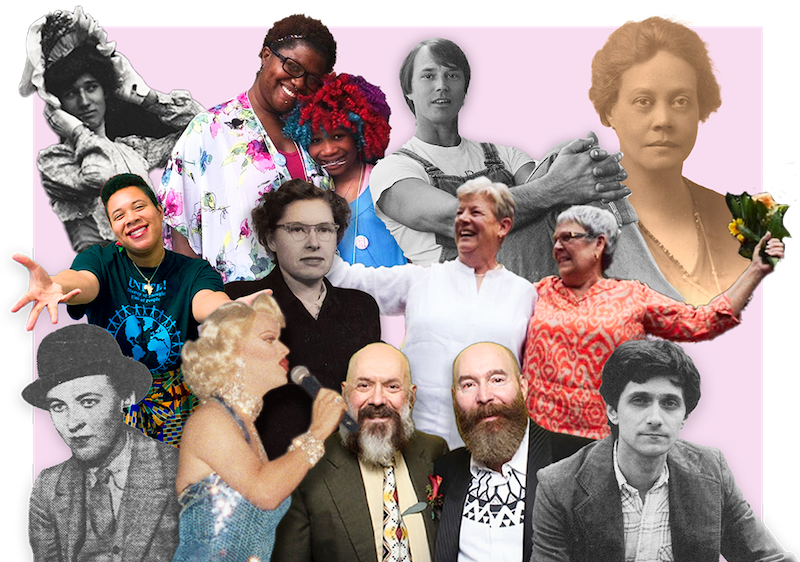

Delaware Queer Events Throughout History
The timeline that appears below was created to offer a more inclusive perspective that pairs important moments in LGBTQ+ history in Delaware and across America throughout time. While this list is not exhaustive of all important historical moments in Delaware, it aims to provide context to the stories included in this project, while also illustrating the continuing challenges and successes of the Gay Rights Movement.
View TimelineExplore Delaware Queer History
-
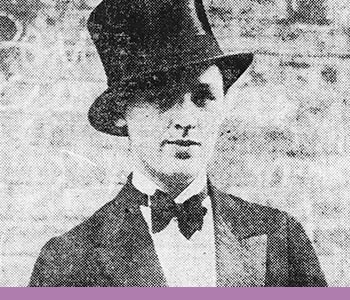
Delawareans Who
Impacted Change -
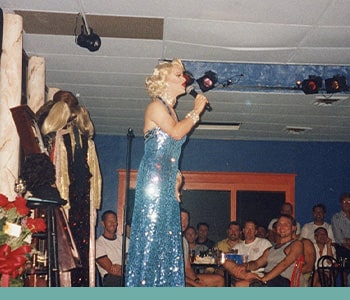
Places that
Welcomed All -
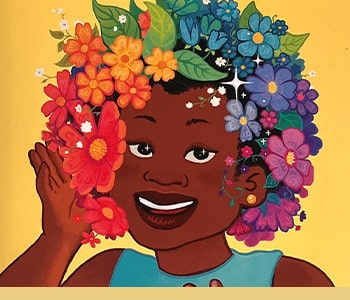
Authors that
Paved the Way -
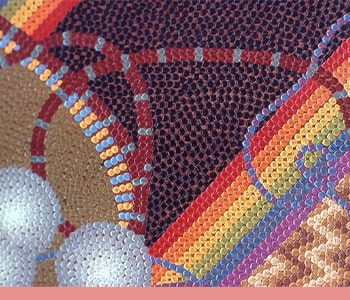
Artists that Illustrated
the Queer Experience -
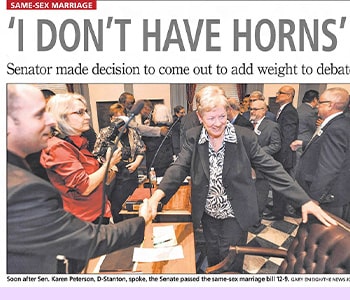
Documents that
Made History
Do you have a story to share?
Do you own a piece of queer memorabilia? Have a cool collection of images? Other experiences you want to share? Click the button below to get in touch with the research team.
Contact usResources
Find more local, queer organizations, resources, and connections as well as definitions of terminology used throughout the project website.
Learn moreAbout the project
Explore how LGBTQ+ History of Delaware: We Have Always Been Here came to be and the team behind it.
Learn more

